Department of Sociology, Ewha Womans University College of Social Sciences, Seoul, Korea.
Copyright © 2017. Ewha Womans University School of Medicine
This is an Open Access article distributed under the terms of the Creative Commons Attribution Non-Commercial License (http://creativecommons.org/licenses/by-nc/4.0/) which permits unrestricted non-commercial use, distribution, and reproduction in any medium, provided the original work is properly cited.
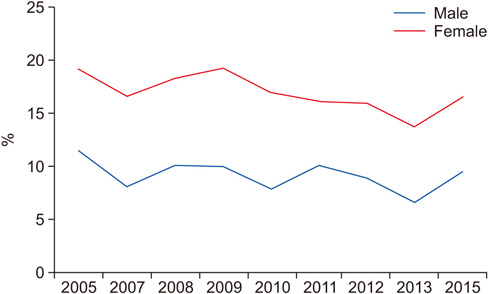
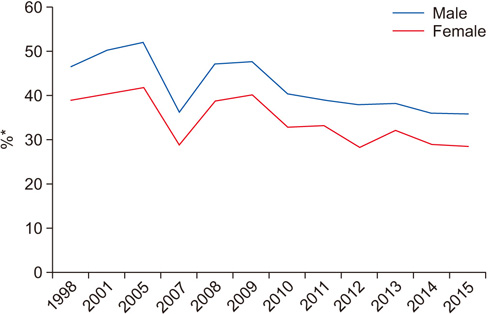
Modified from Statistics Korea [15], p. 39.

Modified from Korean Medical Women's Association [26].
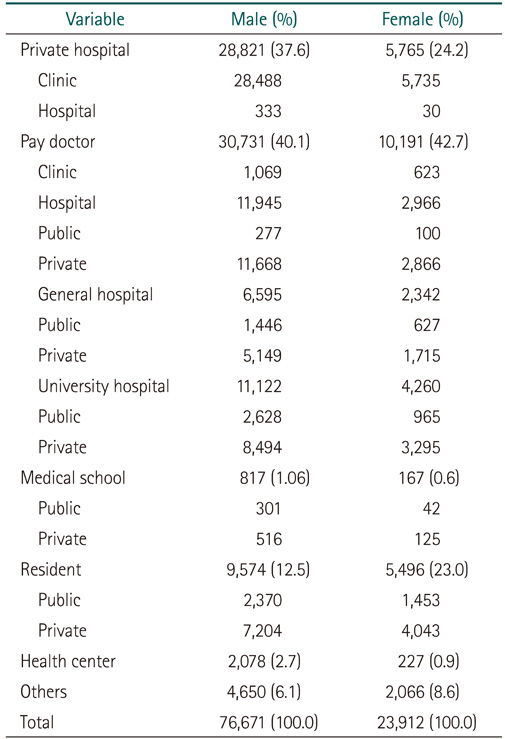
Modified from Korean Medical Association [27], p. 85.
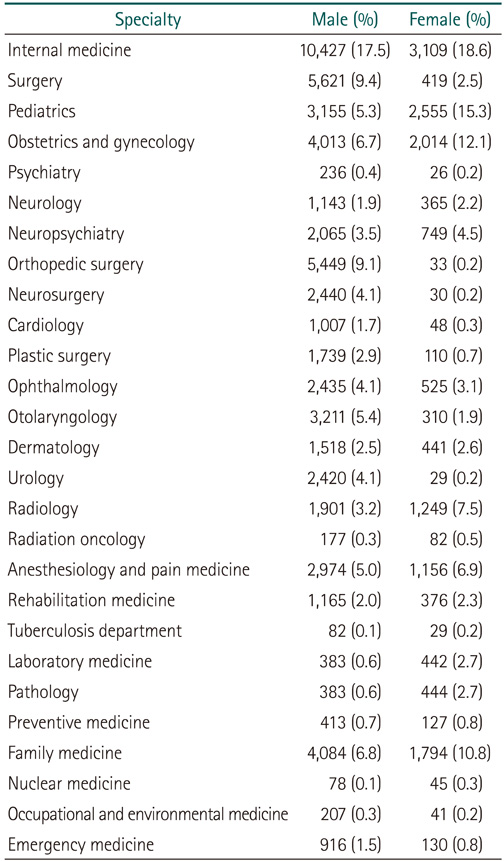

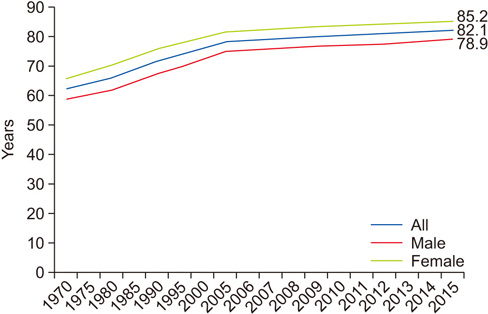


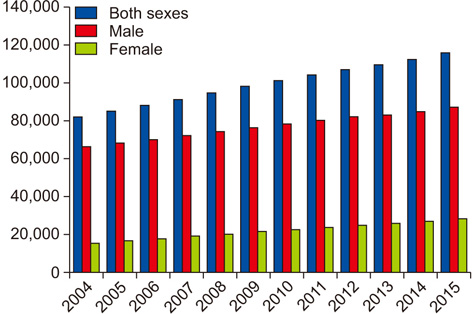
Modified from Statistics Korea [15], p. 39.
Modified from Korean Medical Women's Association [26].
Modified from Korean Medical Association [27], p. 85.
Modified from Statistics Korea [
Modified from Korean Medical Women's Association [
Modified from Korean Medical Association [